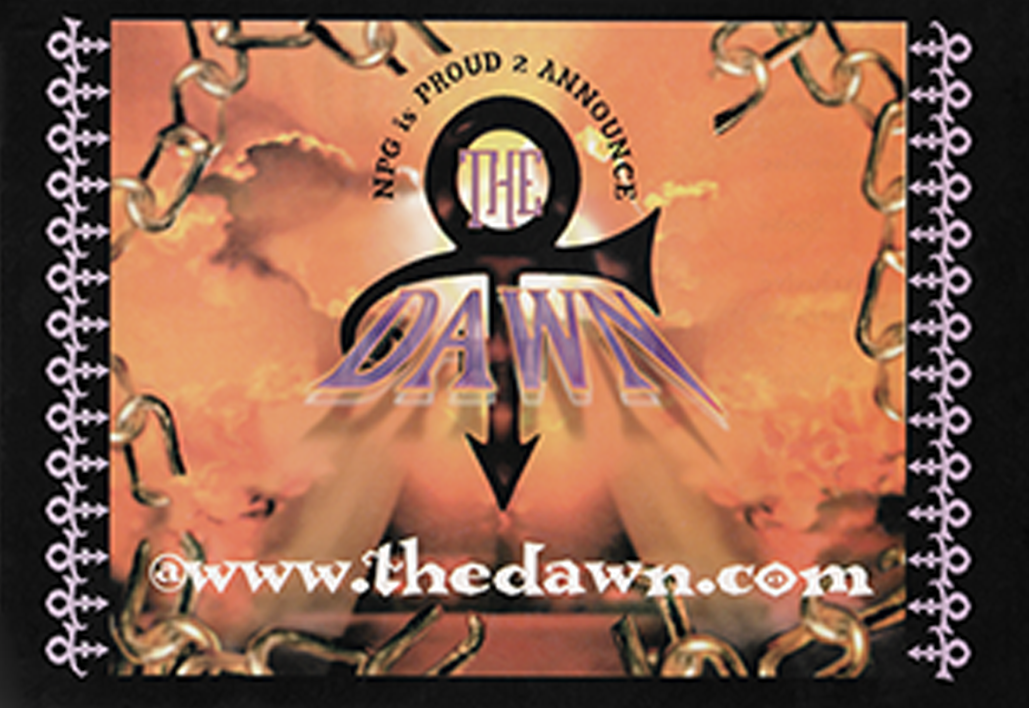Do you know someone whose arguments consist of baldly specious reasoning, hopelessly confused categories, archipelagos of logical fallacies buttressed by seawalls of cognitive biases? Surely you do. Perhaps such a person would welcome some instruction on the properties of critical thinking and argumentation? Not likely? Well, just in case, you may wish to send them over to this series of Wireless Philosophy (or “WiPhi”) videos by philosophy instructor Geoff Pynn of Northern Illinois University and doctoral students Kelley Schiffman of Yale, Paul Henne of Duke, and several other philosophy and psychology graduates.
What is critical thinking? “Critical thinking,” says Pynn, “is about making sure that you have good reasons for your beliefs.” Now, there’s quite a bit more to it than that, as the various instructors explain over the course of 32 short lessons (watch them all at the bottom of the post), but Pynn’s introductory video above lays out the foundation. Good reasons logically support the beliefs or conclusions one adopts—from degrees of probability to absolute certainty (a rare condition indeed). The sense of “good” here, Pynn specifies, does not relate to moral goodness, but to logical coherence and truth value. Though many ethicists and philosophers would disagree, he notes that it isn’t necessarily “morally wrong or evil or wicked” to believe something on the basis of bad reasons. But in order to think rationally, we need to distinguish “good” reasons from “bad” ones.
“A good reason for a belief,” Pynn says, “is one that makes it probable. That is, it’s one that makes the belief likely to be true. The very best reasons for a belief make it certain. They guarantee it.” In his next two videos, above and below, he discusses these two classes of argument—one relating to certainty, the other probability. The first class, deductive arguments, occur in the classic, Aristotelian form of the syllogism, and they should guarantee their conclusions, meaning that “it’s impossible for the premises to be true while the conclusion is false” (provided the form of the argument itself is correct). In such an instance, we say the argument is “valid,” a technical philosophical term that roughly corresponds to what we mean by a “good, cogent, or reasonable” argument. Some properties of deductive reasoning—validity, truth, and soundness—receive their own explanatory videos later in the series.
In abductive arguments (or what are also called “inductive arguments”), above, we reason informally to the best, most probable explanation. In these kinds of arguments, the premises do not guarantee the conclusion, and the arguments are not bound in rigid formal syllogisms. Rather, we must make a leap—or an inference—to what seems like the most likely conclusion given the reasoning and evidence. Finding additional evidence, or finding that some of our evidence or reasoning is incorrect or must be rethought, should force us to reassess the likelihood of our conclusion and make new inferences. Most scientific explanations rely on abductive reasoning, which is why they are subject to retraction or revision. New evidence—or new understandings of the evidence—often requires new conclusions.
As for understanding probability—the likelihood that reasons provide sufficient justification for inferring particular conclusions—well… this is where we often get into trouble, falling victim to all sorts of fallacies. And when it comes to interpreting evidence, we’re prey to a number of psychological biases that prevent us from making fair assessments. WiPhi brings previous video series to bear on these problems of argumentation, one on Formal and Informal Fallacies and another on Cognitive Biases.
When it comes to a general theory of probability itself, we would all benefit from some understanding of what’s called Bayes’ Theorem, named for the 18th century statistician and philosopher Thomas Bayes. Bayes’ Theorem can seem forbidding, but its wide application across a range of disciplines speaks to its importance. “Some philosophers,” says CUNY graduate student Ian Olasov in his video lesson above, “even think it’s the key to understanding what it means to think rationally.”
Bayesian reasoning, informal logic, sound, valid, and true arguments… all of these modes of critical thinking help us make sense of the tangles of information we find ourselves caught up in daily. Though some of our less rationally-inclined acquaintances may not be receptive to good introductory lessons like these, it’s worth the effort to pass them along. And while we’re at it, we can sharpen our own reasoning skills and learn quite a bit about where we go right and where we go wrong as critical thinkers in Wireless Philosophy’s thorough, high quality series of video lessons.
Find more helpful resources in the Relateds below.
If you would like to sign up for Open Culture’s free email newsletter, please find it here. Or follow our posts on Threads, Facebook, BlueSky or Mastodon.
If you would like to support the mission of Open Culture, consider making a donation to our site. It’s hard to rely 100% on ads, and your contributions will help us continue providing the best free cultural and educational materials to learners everywhere. You can contribute through PayPal, Patreon, and Venmo (@openculture). Thanks!
Related Content:
Carl Sagan Presents His “Baloney Detection Kit”: 8 Tools for Skeptical Thinking
How to Spot Bullshit: A Primer by Princeton Philosopher Harry Frankfurt
Michael Shermer’s Baloney Detection Kit: What to Ask Before Believing
Daniel Dennett Presents Seven Tools For Critical Thinking
1,700 Free Online Courses from Top Universities
Josh Jones is a writer and musician based in Durham, NC. Follow him at @jdmagness










